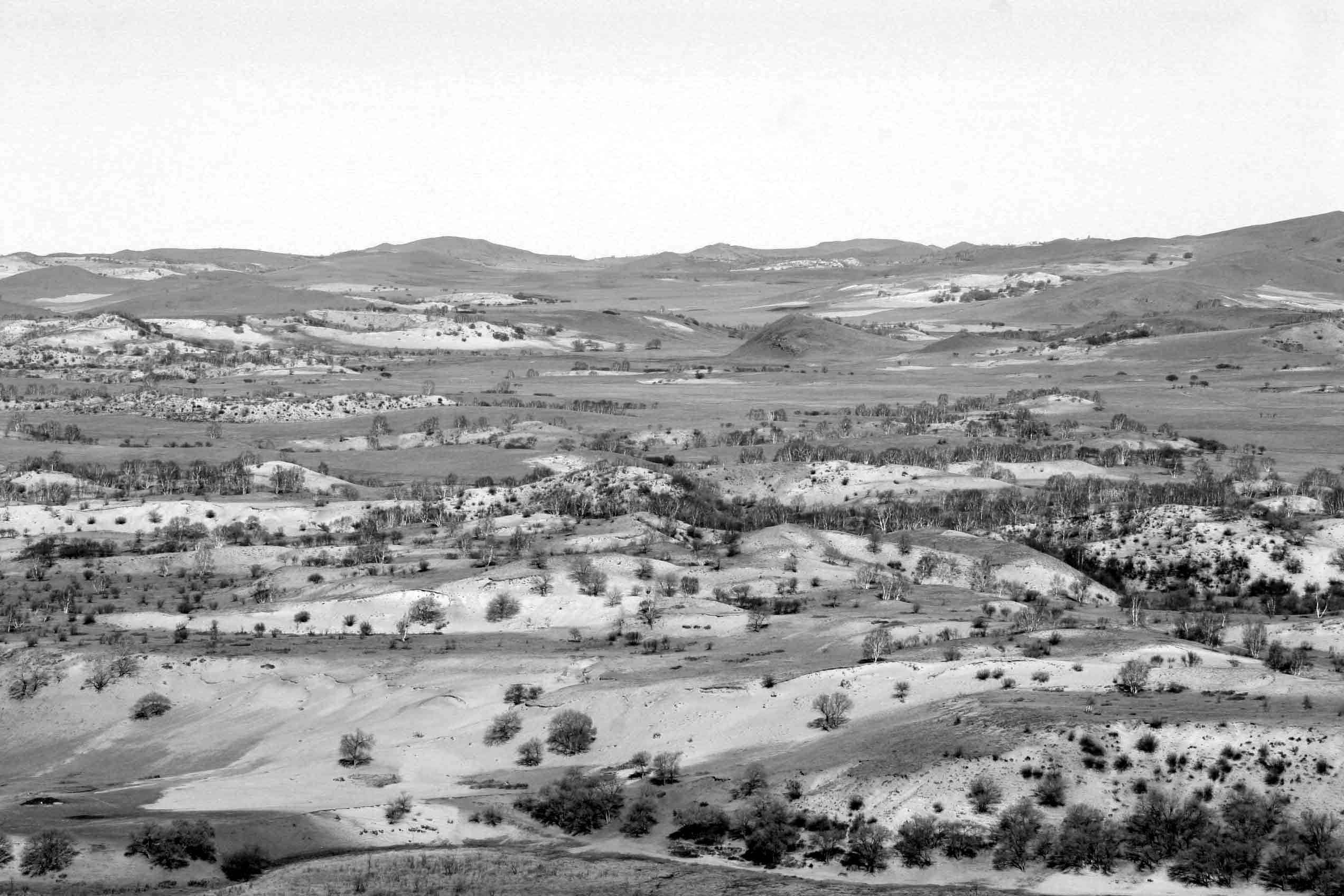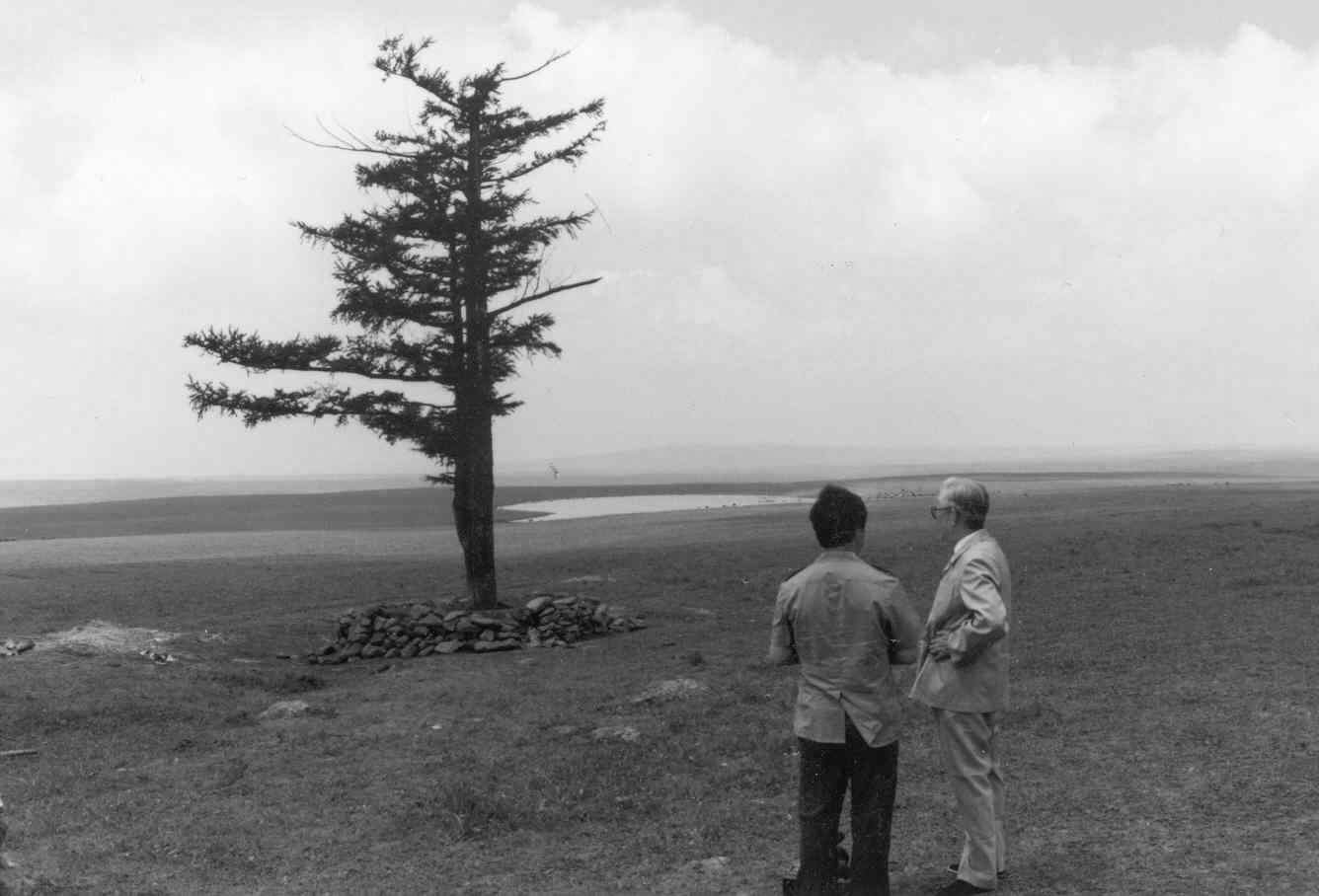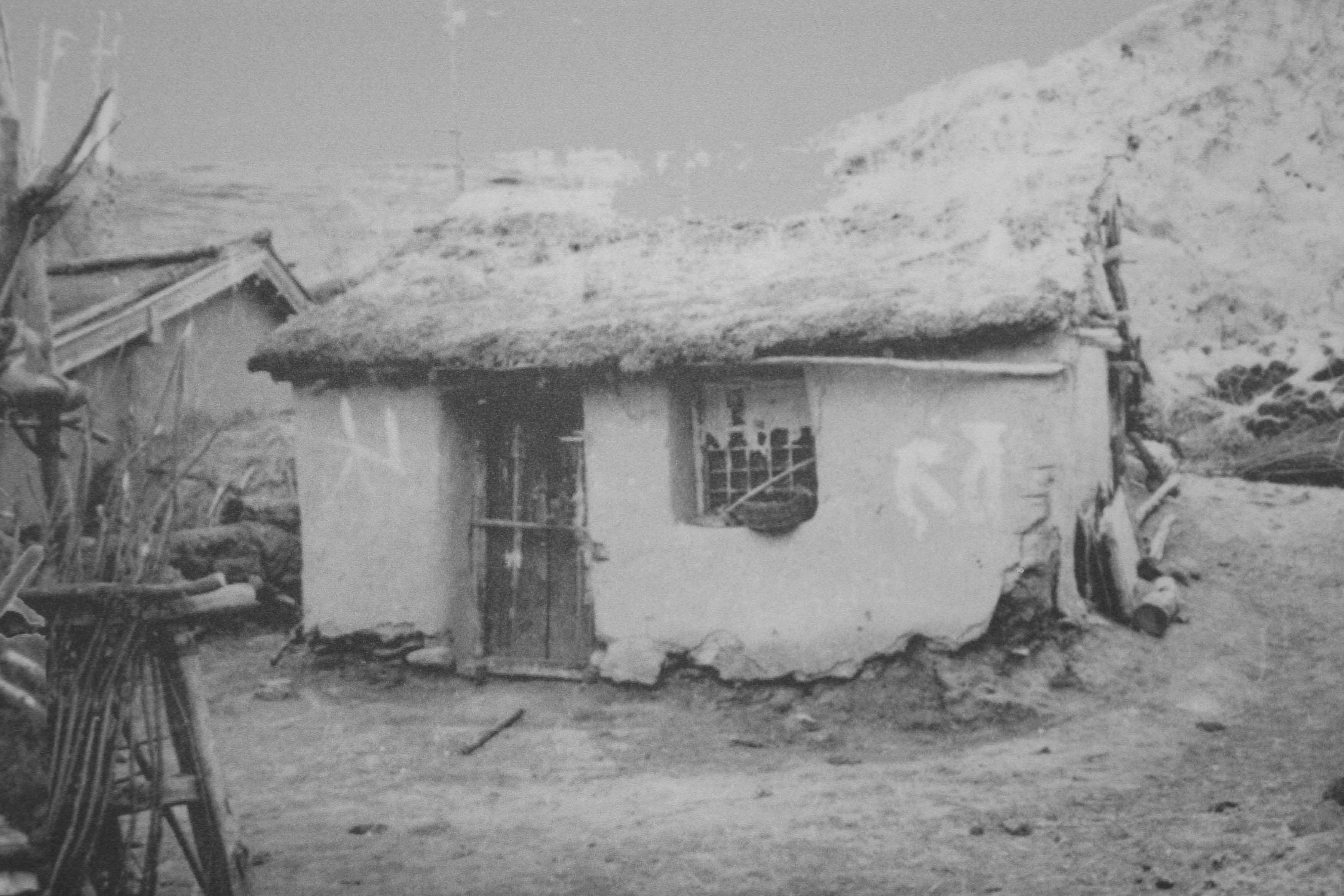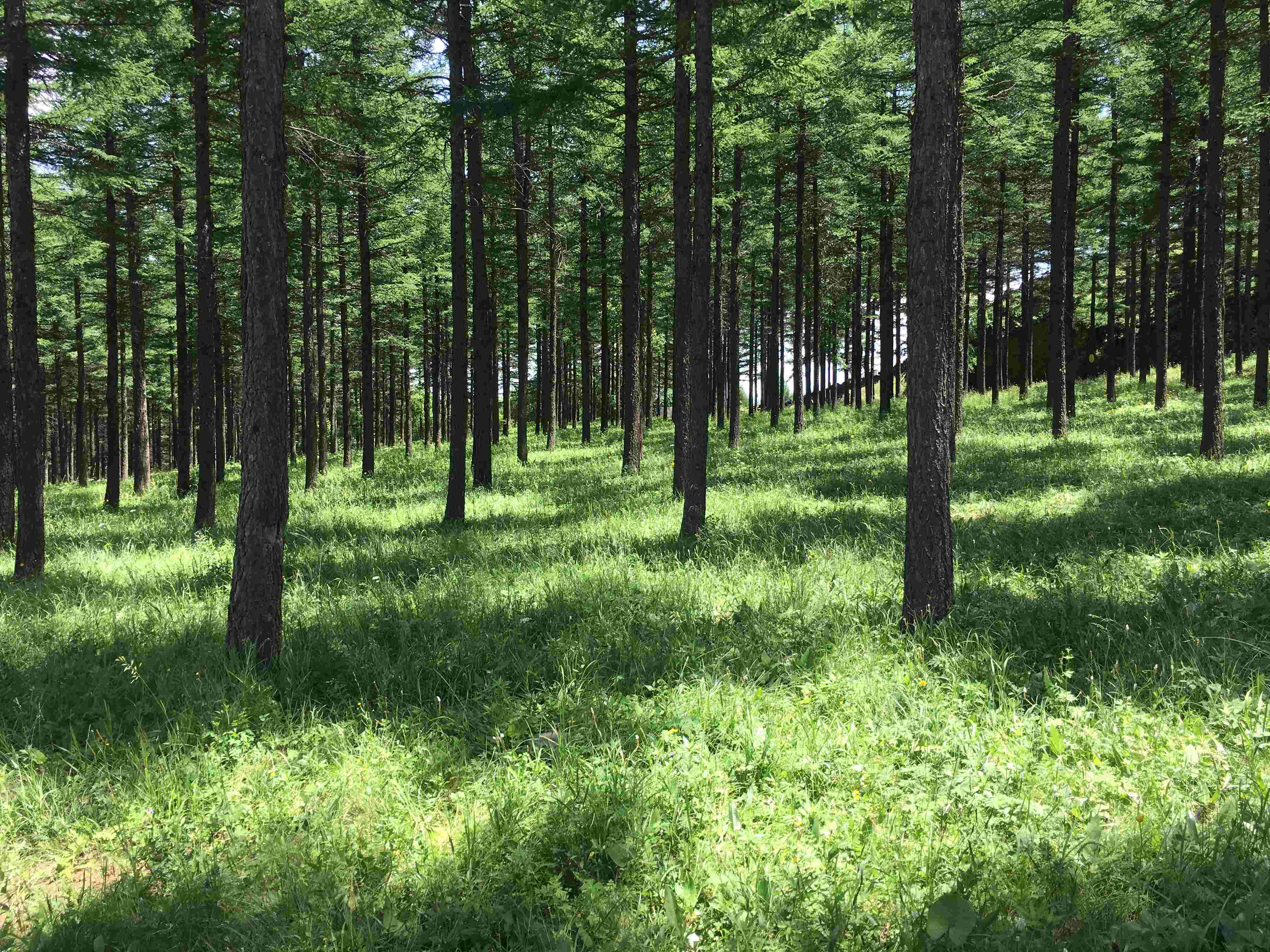By CGTN's Hu Ying
Located in northern China's Hebei Province, the Saihanba National Forest Park stretches across 185,000 acres of forest.
Saihanba was once a royal retreat thanks to its cool summer weather and hunting area, however, the region turned into a desert by the end of the Qing Dynasty due to forest fires, deforestation and constant wars. Heavy northern winds from neighboring Inner Mongolia Autonomous Region worsened the situation.

Photo provided to CGTN by Saihanba National Forest Park
The expansion of the desert also led to Beijing grappling with decades of sandstorms, which seriously threatened the capital’s environment.
Over 350 foresters were first sent to the region to fight the desertification as early as the 1960s. Their duty was to re-build a forest in Saihanba, but when they saw the extent of desertification in the region, nobody knew if the goal was realistic.

Photo provided to CGTN by Saihanba National Forest Park
It was not until they found a 200-year-old larch, swaying alone in the wind, that their hope in their mission was rekindled.
Chen Zhiqing, deputy director of Saihanba National Forest Park, said the lone tree proved there was a chance of building a canopy there.

Photo provided to CGTN by Saihanba National Forest Park
While Saihanba was a wasteland, the foresters had to build shelters and plant crops for themselves. They also had to endure the extremely cold winter there. Temperatures often dropped to minus 40 degrees Celsius.
Retired female forester ranger Zhao Huiqin said she still felt cold even when she was sitting right next to the stove.
After 55 years of efforts by three generations of experts, Saihanba has become the largest man-made forest park in the world. The canopies have also brought rich natural resources, such as carbon sequestration.

CGTN Photo
The forest absorbs 747,000 tons of carbon dioxide a year, which can produce a total transaction volume of more than 30 million yuan according to current prices on the Beijing carbon emissions trading market.
The income will greatly help maintain the forest and improve north China’s ecosystem.










